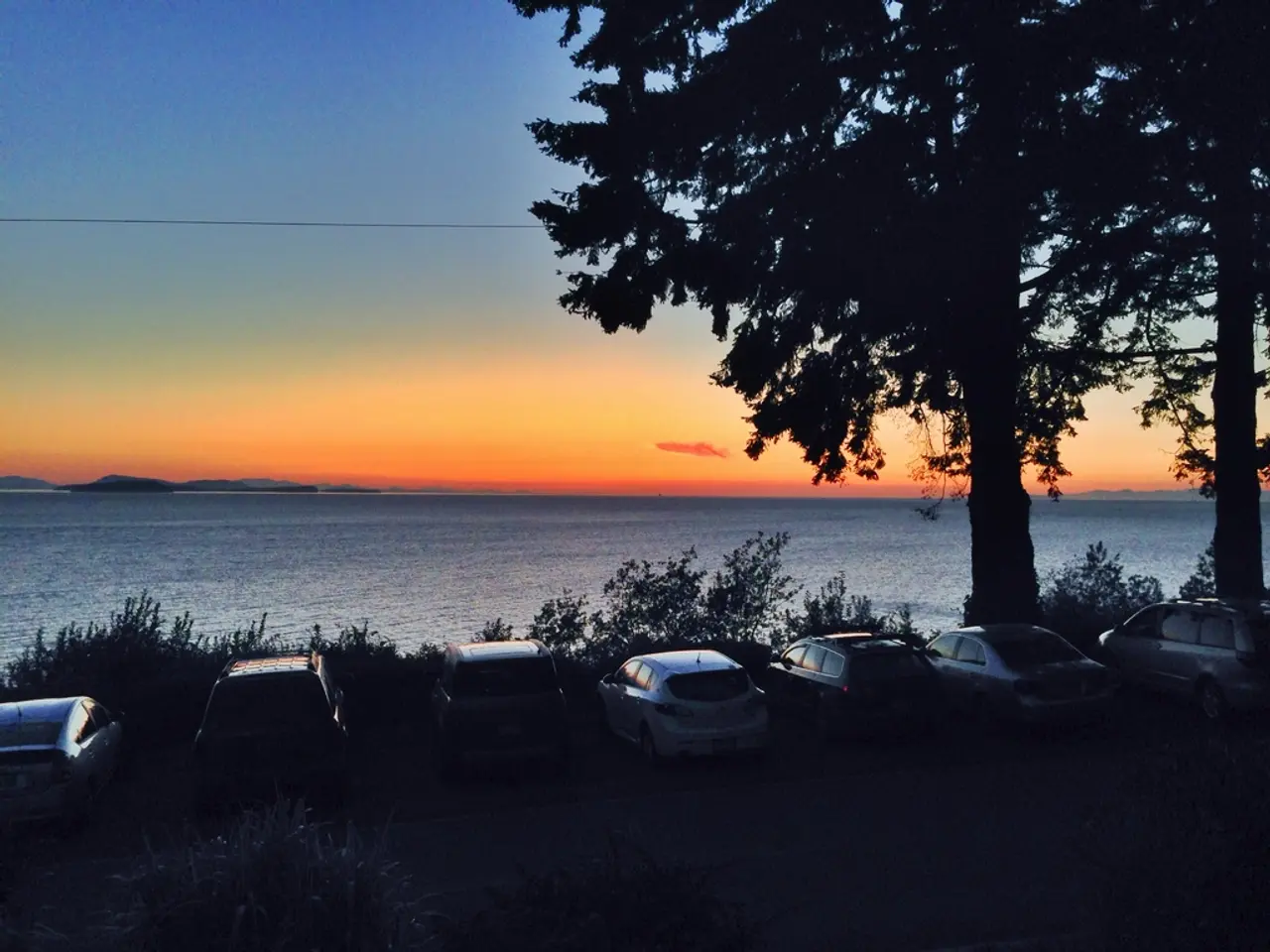Embrace a tranquil, Asia-based retirement, immersed in a warm culture and a laid-back lifestyle.
The Philippines, an archipelago nation located in Southeast Asia, is the 12th most populous country on the planet with a population of 110 million. Known for its sandy beaches, colorful reef diving, and unique culture, the Philippines offers a blend of modernity and tradition that is hard to resist.
Nestled in this vibrant nation, you'll find a thriving expat community, with Americans, Chinese, Japanese, Koreans, British, and Australians among the most numerous. The cost of living in the Philippines is low to moderate by Western standards, with monthly living expenses for a couple ranging from $1,200 to $2,500. Popular expat hubs include Manila, Cebu, Dumaguete, Davao, and Subic Bay.
One aspect that sets the Philippines apart is its linguistic diversity. English is widely spoken, making communication easier for foreigners. The unique gay lingo called Swardspeak is also prevalent, reflecting the acceptance and integration of gay life and gender fluidity in the culture.
The Philippines boasts a high literacy rate, with almost 80% of the population being Catholic. However, marriage equality remains elusive, though advocacy groups are working tirelessly to move the needle. In a positive step forward, the Philippines instituted protections against discrimination for members of the LGBT community in 2017. Violating the rights of members of the LGBT community carries criminal penalties.
The Philippines struggles with infrastructure and medical care compared to other parts of Southeast Asia. Public hospitals offer basic coverage, but quality and capacity can vary widely, particularly outside major urban centers. Private health care, especially in cities like Manila, Cebu, Davao, and Makati, features internationally accredited hospitals and clinics, attracting most expats and retirees with superior care, English-speaking staff, and minimal wait times. Private health insurance is highly recommended to ensure comprehensive access and financial protection for major medical needs.
For foreign investors, the Foreign Investment Visa (FIV) and the Special Resident Retiree's Visa (SRRV) offer legal residency in the Philippines. The FIV requires a qualifying investment (typically from $75,000 to $100,000 or more), while the SRRV has several variants, each with different requirements. The SRRV Classic requires a monthly pension of $800 for singles ($1,000 for couples), plus a bank deposit of $10,000 to $20,000. The SRRV Smile is for early retirees aged 35 and over, requiring a $20,000 bank deposit but no pension. The SRRV Human Touch visa is for retirees needing medical care, requiring a $10,000 deposit and health insurance.
Round-trip fares for flights to the Philippines can be found for under $800, making it an affordable destination for many. The Philippines enjoys a territorial tax system, with foreign-sourced income (including pensions) not taxed unless remitted to the Philippines and utilized for business/investment purposes. If transferred for personal living expenses, this amount is not taxed as income. There is no estate or inheritance tax on foreign assets.
The best time to visit the Philippines is November to February, when the weather is driest and coolest, but temperatures remain in the 80s and 90s year-round. Boracay, Palawan, and El Nido are popular tourist destinations, known for their sandy beaches, colorful reef diving, and limestone towers called karsks.
Whether you're seeking adventure, investment opportunities, or a new place to call home, the Philippines offers a warm welcome and a wealth of experiences waiting to be discovered.
Read also:
- Impact of Alcohol on the Human Body: Nine Aspects of Health Alteration Due to Alcohol Consumption
- Understanding the Concept of Obesity
- Tough choices on August 13, 2025 for those born under Aquarius? Consider the advantages and disadvantages to gain guidance
- Microbiome's Impact on Emotional States, Judgement, and Mental Health Conditions







